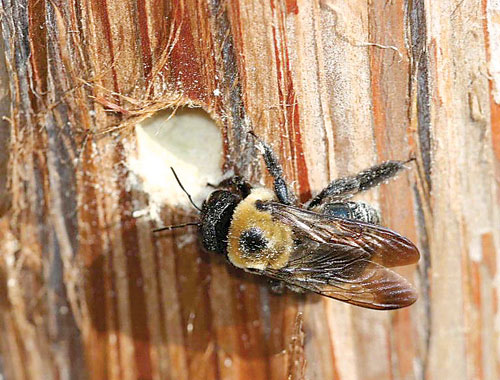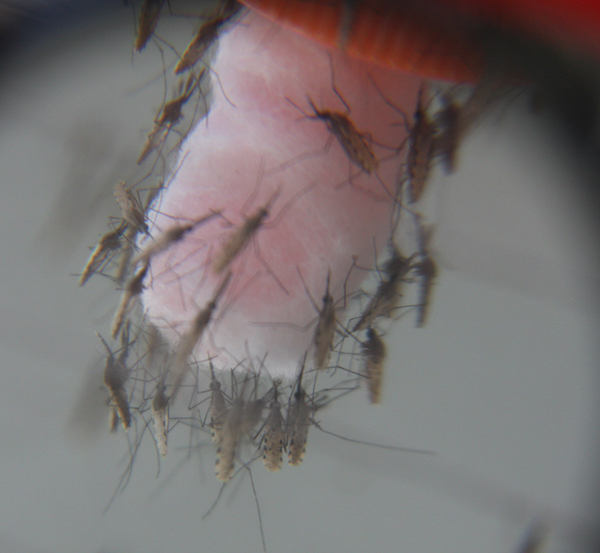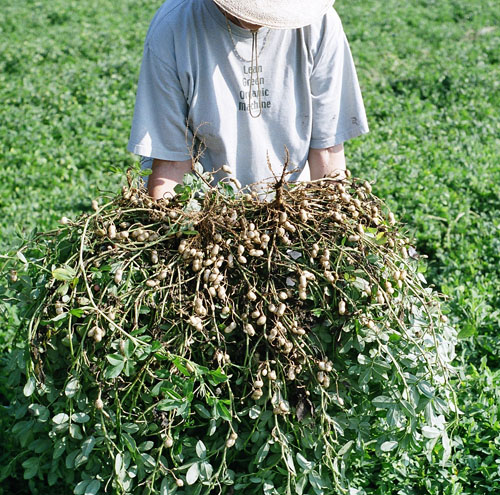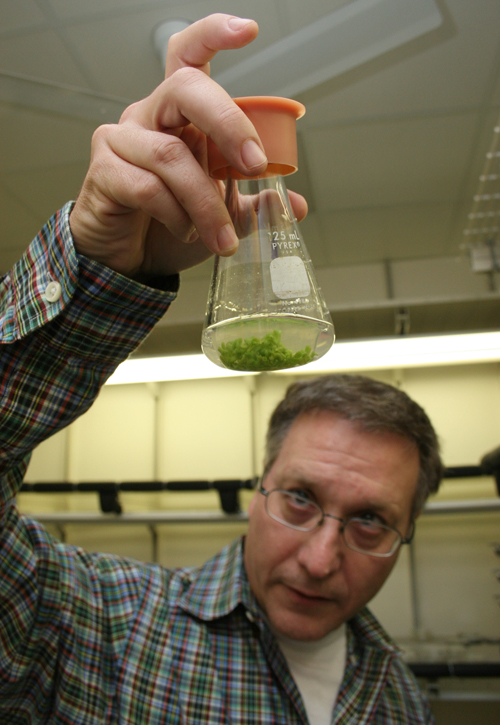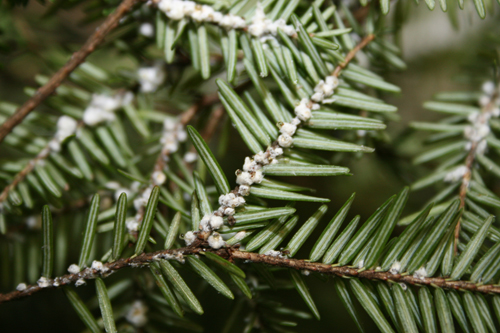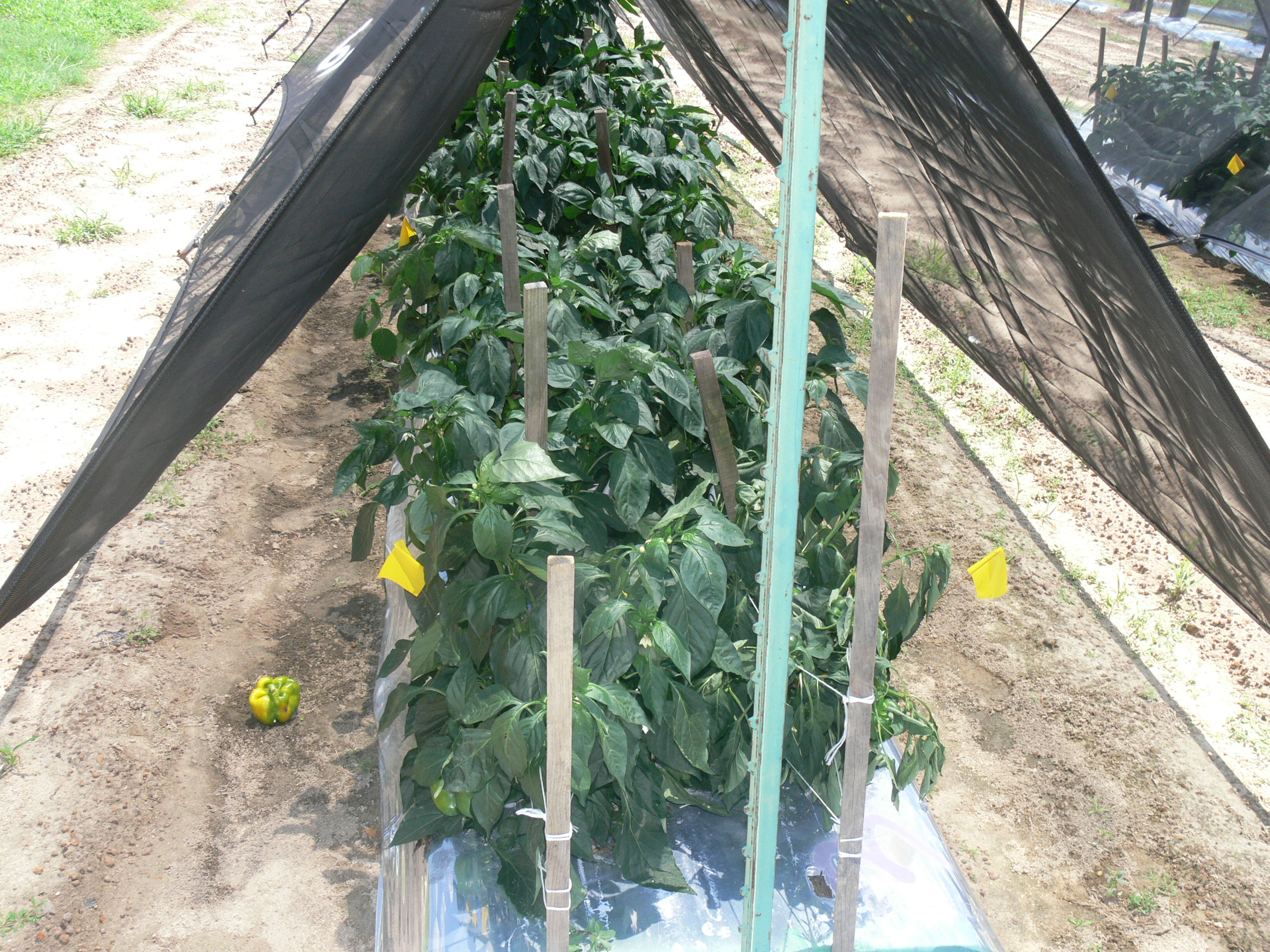 CAES News
CAES News
Longer, improved pepper production with shade cloth
As the seasons turn, commercial bell pepper growers in the Southeast share a common foe: the sun.

